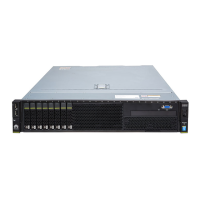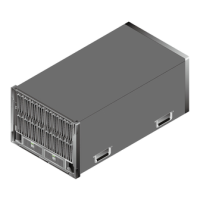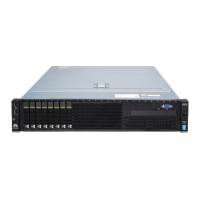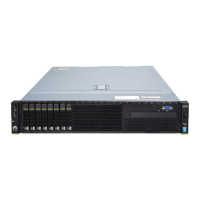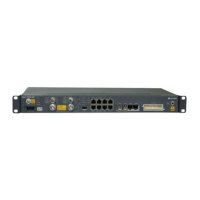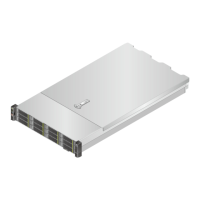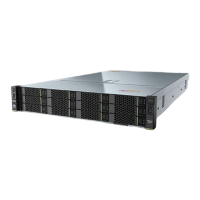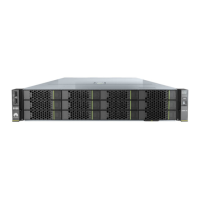n CPLD Version: indicates the current complex programmable logical device
(CPLD) version of the 5288 V3.
n BIOS Version: indicates the basic input/output system (BIOS) version of the
5288 V3.
n Active iBMC Version: indicates the active iBMC version of the 5288 V3.
n Backup iBMC Version: indicates the backup iBMC version of the 5288 V3.
c. Query the health status for the 5288 V3.
iBMC / # ipmcget -d health
System in health state
n If the message "System in health state" is displayed, no further action is
required.
n If an alarm is generated, clear the alarm by performing d and e.
d. Query alarms for the 5288 V3.
iBMC:/->ipmcget -d healthevents
System in health state
e. Clear alarms. For details, see HUAWEI Rack Server AlarmHandling (iBMC).
5.4 Configuring RAID
Before configuring RAID, you need to obtain the IP address of the iBMC management
network port, and the user name and password for logging in to the iBMC WebUI. For details
about how to obtain the IP address for the management network port and how to operate the
iBMC, see HUAWEI Rack Server iBMC User Guide.
Procedure
View the RAID controller card information on the iBMC WebUI.
1. Log in to the iBMC WebUI.
For details, see 9.2 Logging In to the iBMC WebUI.
2. Choose Information on the menu bar and choose Component Info or System Info in
the navigation tree. The Component Info or System Info page is displayed.
3. View the RAID controller card information, as shown in Figure 5-5 or Figure 5-6.
5288 V3 Server
User Guide
5 Configuring the 5288 V3
Issue 26 (2018-11-19) Copyright © Huawei Technologies Co., Ltd. 99
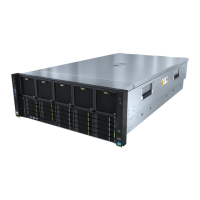
